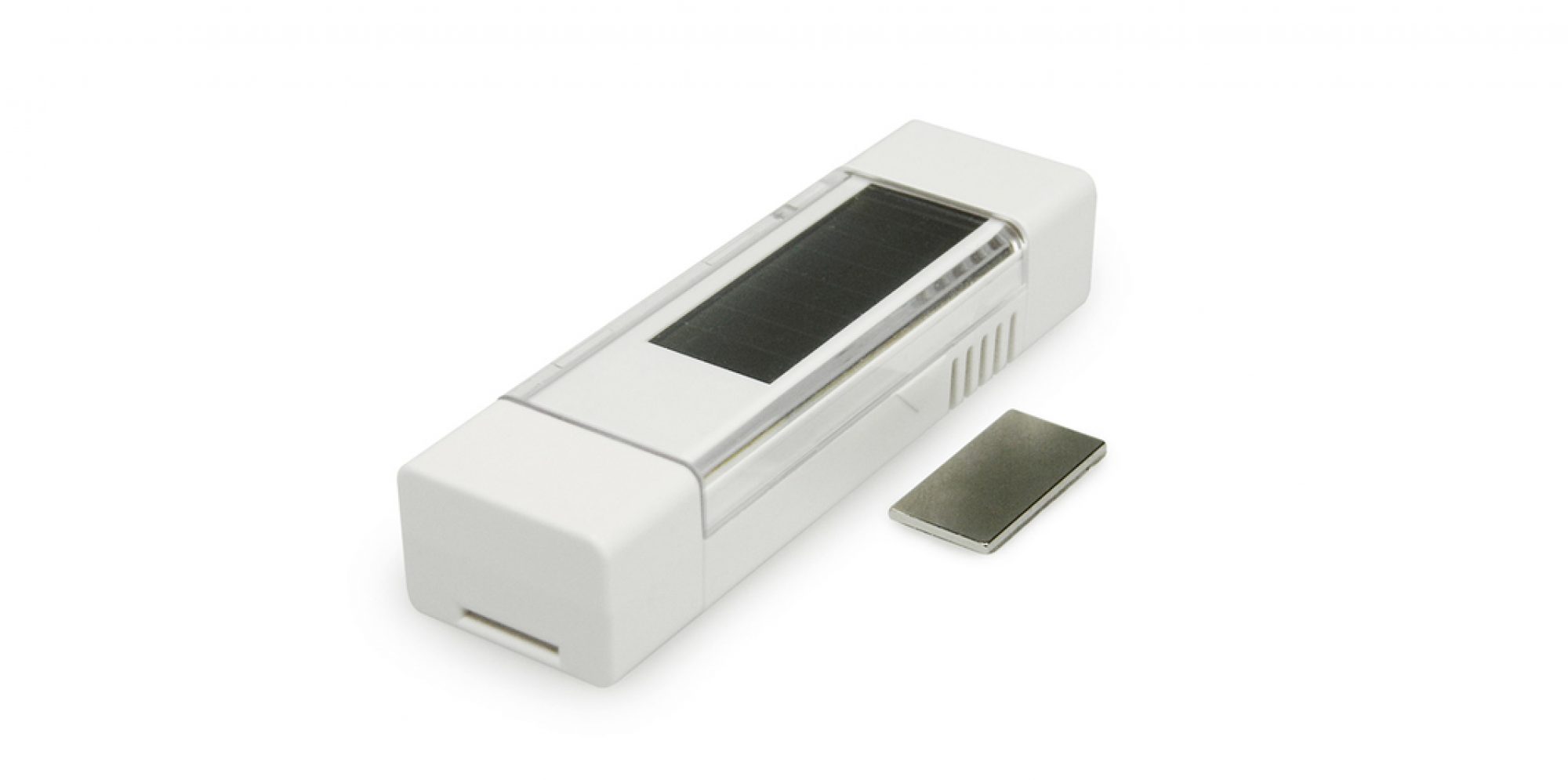シールド#1のWireless SD shieldのテスト用スケッチです。
===sketch_apr25a_sd
/*
SD card test
This example shows how use the utility libraries on which the’
SD library is based in order to get info about your SD card.
Very useful for testing a card when you’re not sure whether its working or not.
The circuit:
* SD card attached to SPI bus as follows:
** UNO: MOSI – pin 11, MISO – pin 12, CLK – pin 13, CS – pin 4 (CS pin can be changed)
and pin #10 (SS) must be an output
** Mega: MOSI – pin 51, MISO – pin 50, CLK – pin 52, CS – pin 4 (CS pin can be changed)
and pin #52 (SS) must be an output
** Leonardo: Connect to hardware SPI via the ICSP header
Pin 4 used here for consistency with other Arduino examples
created 28 Mar 2011 by Limor Fried
modified 9 Apr 2012 by Tom Igoe
*/
// include the SD library:
#include <SPI.h>
#include <SD.h>
// set up variables using the SD utility library functions:
Sd2Card card;
SdVolume volume;
SdFile root;
// change this to match your SD shield or module;
// Arduino Ethernet shield: pin 4
// Adafruit SD shields and modules: pin 10
// Sparkfun SD shield: pin 8
const int chipSelect = 4;
void setup()
{
// Open serial communications and wait for port to open:
Serial.begin(9600);
while (!Serial) {
; // wait for serial port to connect. Needed for Leonardo only
}
Serial.print(“nInitializing SD card…”);
// On the Ethernet Shield, CS is pin 4. It’s set as an output by default.
// Note that even if it’s not used as the CS pin, the hardware SS pin
// (10 on most Arduino boards, 53 on the Mega) must be left as an output
// or the SD library functions will not work.
pinMode(SS, OUTPUT);
// we’ll use the initialization code from the utility libraries
// since we’re just testing if the card is working!
while (!card.init(SPI_HALF_SPEED, chipSelect)) {
Serial.println(“initialization failed. Things to check:”);
Serial.println(“* is a card is inserted?”);
Serial.println(“* Is your wiring correct?”);
Serial.println(“* did you change the chipSelect pin to match your shield or module?”);
}
// print the type of card
Serial.print(“nCard type: “);
switch(card.type()) {
case SD_CARD_TYPE_SD1:
Serial.println(“SD1”);
break;
case SD_CARD_TYPE_SD2:
Serial.println(“SD2”);
break;
case SD_CARD_TYPE_SDHC:
Serial.println(“SDHC”);
break;
default:
Serial.println(“Unknown”);
}
// Now we will try to open the ‘volume’/’partition’ – it should be FAT16 or FAT32
if (!volume.init(card)) {
Serial.println(“Could not find FAT16/FAT32 partition.nMake sure you’ve formatted the card”);
return;
}
// print the type and size of the first FAT-type volume
uint32_t volumesize;
Serial.print(“nVolume type is FAT”);
Serial.println(volume.fatType(), DEC);
Serial.println();
volumesize = volume.blocksPerCluster(); // clusters are collections of blocks
volumesize *= volume.clusterCount(); // we’ll have a lot of clusters
volumesize *= 512; // SD card blocks are always 512 bytes
Serial.print(“Volume size (bytes): “);
Serial.println(volumesize);
Serial.print(“Volume size (Kbytes): “);
volumesize /= 1024;
Serial.println(volumesize);
Serial.print(“Volume size (Mbytes): “);
volumesize /= 1024;
Serial.println(volumesize);
Serial.println(“nFiles found on the card (name, date and size in bytes): “);
root.openRoot(volume);
// list all files in the card with date and size
root.ls(LS_R | LS_DATE | LS_SIZE);
}
void loop(void) {
}
===
これを実行してコンソールに表示がされればSDカードは動作しています。
